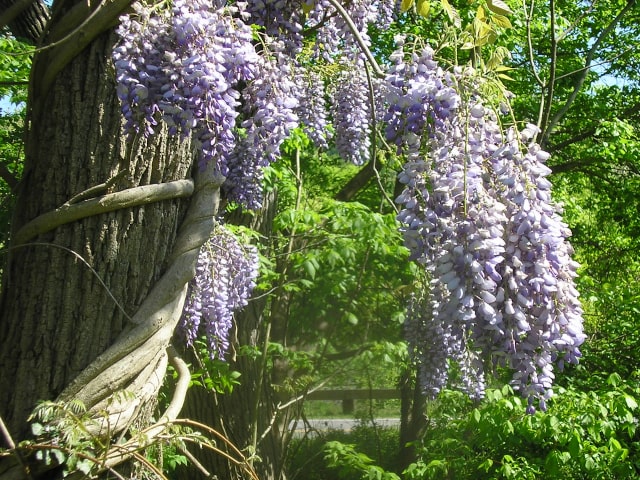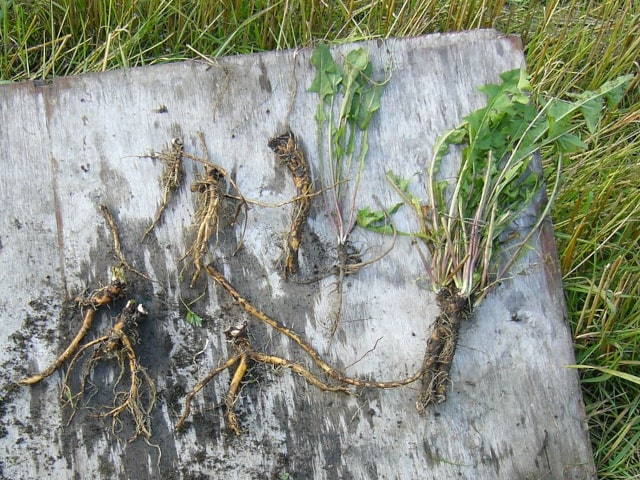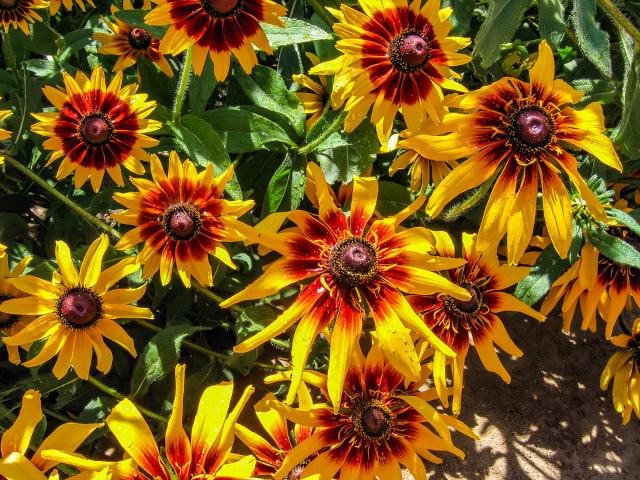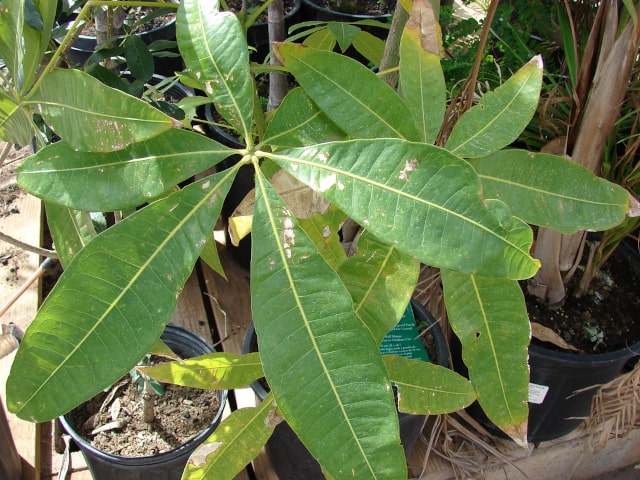
Wisteria is a gorgeous vine that many people like to have in their gardens and homes. It is famous for quick and vigorous growth, so it is not difficult to have plenty of it. However, Wisteria also gives gorgeous flowers, and many gardeners struggle to make their vine bloom.
Wisteria not flowering is a common issue. It is a plant known to be difficult to produce blooms. It is often reluctant to give any flowers, let alone to bloom plentifully and consistently. Luckily, it doesn't need to be like this. There are ways to make your Wisteria vine flower, but you need to understand the mechanisms behind it.
Wisteria Not Flowering: Why?
It is generally not a secret of why your Wisteria vine might be reluctant to produce blooms. Wisteria not flowering is a common issue, and it is generally down to growing conditions, particularly in terms of nutrients.
By far the most common reason for Wisteria not flowering is too much nitrogen. This can be a problem both for the plants grown indoors and those grown in the gardens. Nitrogen is not wrong for your vine: it will help it grow vigorously, and it will produce a lot of healthy foliage. However, this will be at the expense of flowers. Nitrogen in general encourages the green leafy growth but decreases the chances of a plant producing blooms.
Keep in mind that too much nitrogen can come from two different sources: bad fertilizer and too much fertilizing, or soil that is too rich in nitrogen. Many people choose to fertilize their plants in the spring, and while this is not bad, it can lead to your Wisteria growing too many leaves but no flowering. On the other hand, your soil can be too rich in nitrogen, and it can lead to the same issue for your plant even if you don't over-fertilize it.
So, too much nitrogen might be an issue. Another reason for Wisteria not flowering might be improper growing conditions in your garden or your home. If your vine doesn't have proper drainage or if there is not enough sun it receives every day, it can stress your Wisteria plant. A stressed plant will not be able to produce flowers. Such a plant can grow properly, and be even healthy-looking, but it will not have enough energy to bloom.
Another issue for Wisteria not flowering might be too much pruning. If pruning is done improperly, it can remove flower buds. Without flower buds, the plant cannot bloom. However, this is a rare case - it is generally not easy to over-prune Wisteria vine.
Finally, the reason for Wisteria not flowering might be the age of the plant. Keep in mind that a vine that is too young cannot give blooms. Generally speaking, Wisteria plants sold in nurseries are mature enough to produce flowers, but if you have started your plant from seeds, you might have Wisteria that is too young. Keep in mind that Wisteria vine has to be around 7 to 15 years old to be mature enough for blooming.
Wisteria Not Flowering: How to Fix It?
What to do about a Wisteria not flowering? It will depend on the reason why this is happening. Since too much nitrogen is by far the most common reason for lack of blooms, this is the first thing to focus on. It is the first thing you need to check and eliminate as a possibility.
If nitrogen is indeed the problem, then there are two ways to fix it. The first is to add some phosphorus to the soil. This element encourages plants to bloom and it neutralizes the effect of nitrogen. You can apply a fertilizer rich in phosphorus. Another way to go is to reduce the amount of nitrogen that your vine receives. Switch fertilizers and use the one with less nitrogen. Also, check your soil: if there is too much nitrogen in it, you will want to do something about it.
Another way to minimize the amount of nitrogen in your Wisteria vine is to root-prune the plant. You can do this by using a shovel to drive it into the ground in a circle around your plant. Make sure not to do this too close to the trunk of the Wisteria vine: it should be done around 3 feet away. Root pruning too close to the plant can kill it. If you do this properly, it can reduce the number of roots that the plant has, and through this, the amount of nitrogen that it receives.
If too much nitrogen is not the reason for Wisteria not flowering, check the other sources. Is your vine receiving enough light per day? Are you pruning it properly? Do you do proper fertilization, and is there a well-draining soil? It is crucial to identify the cause of the problem so you can fix it and make your Wisteria flower.
Photo credit: cynthiana3




0 Comments